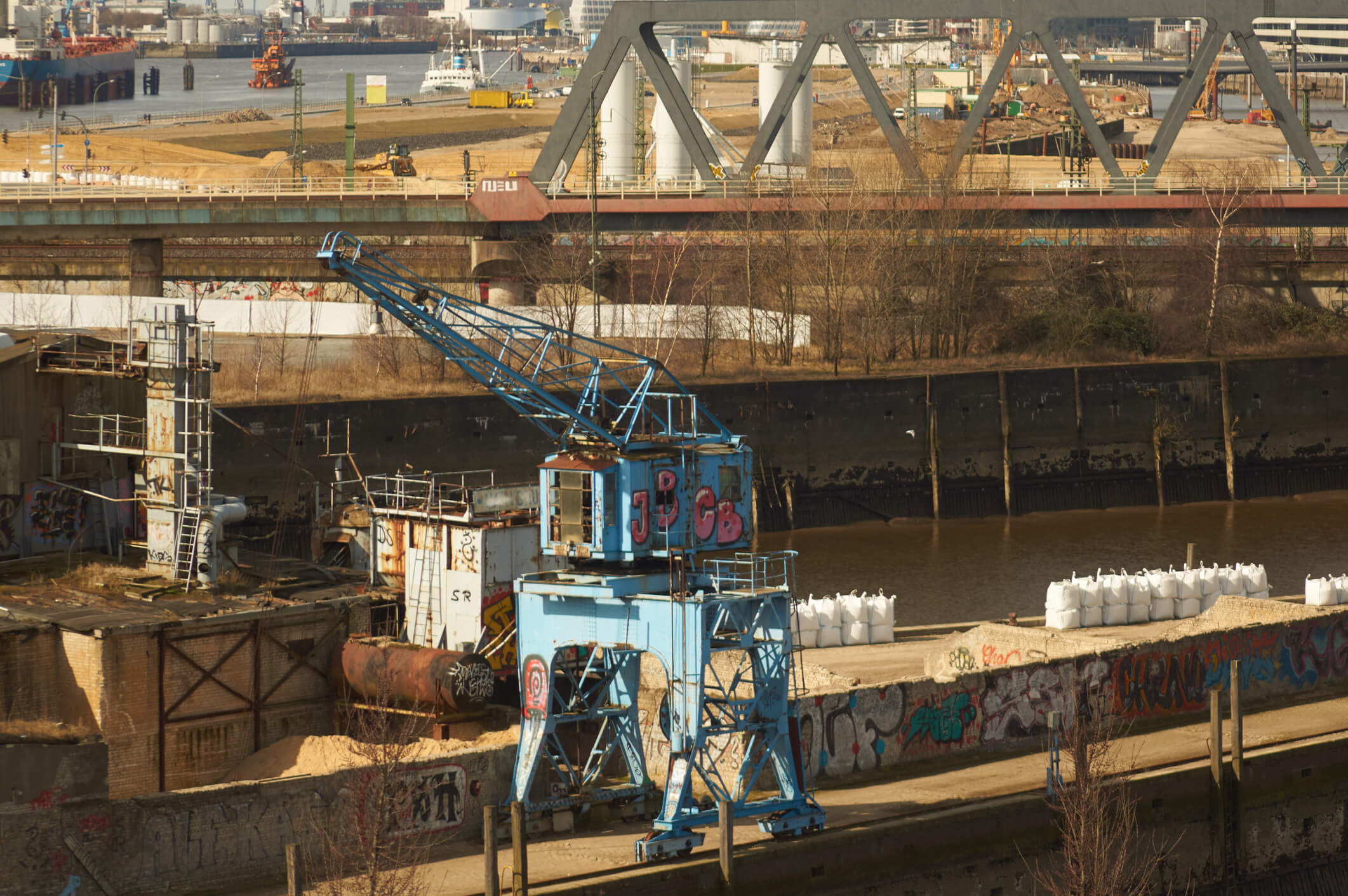Project
Community Air Monitoring Program
Challenge
The Gowanus Canal was built in the mid-1800s and was a major industrial transportation route, serving as the hub of Brooklyn’s maritime and commercial shipping activity. Throughout its history, the canal was polluted by industrial processes as well as from sewer overflow carrying waste from homes and storm drains. As a result, it is one of the nation’s most seriously contaminated water bodies with high levels of more than a dozen contaminants.
In 2009, the US EPA added the Gowanus Canal to the National Priorities List making it part of the Superfund program. EPA studied the Canal and surrounding areas and in 2012 developed a Proposed Remedial Action Plan to clean up the site, prescribing a process for dredging contaminated sediment from the canal bed, processing it, and transforming it into a beneficial-use product, such as landfill cover or otherwise disposed of. In areas of the canal where contamination exists in the deeper native sediment, multiple layers of clean material will be placed to cap the contamination.
As invasive remediation activities take place, there is the potential for emissions of volatile organic compounds (VOC) and particulate matter (PM) to be generated onsite, requiring a Community Air Monitoring Program (CAMP) to minimize local impacts.

Solutions
TRC has led the community air monitoring at the Gowanus Canal Superfund Site since 2018. Our Ambient Air and Meteorological Monitoring Group has installed, operated, and maintained an extensive air monitoring network along the perimeter of the canal. PM and VOC are monitored on a continuous basis; 24 hours per day, seven days per week. Additional on-site sampling is conducted routinely or as triggered by elevated real-time concentrations including on‐site analysis for benzene, toluene, ethylbenzene, and xylenes (BTEX) employing gas chromatography as well as collection of EPA Method TO-15 samples for offsite laboratory analysis. We also monitor site meteorology, including wind speed and direction to identify sources impacting community air quality.
Results
Our weekly reports summarize all monitoring results and are shared with the Primary Responsible Parties via the project portal website, details of which are later disseminated to the public online at Monitoring Data – Gowanus Superfund. Throughout our management of the CAMP network across three phases of remediation, we have exceeded 95% data capture.


